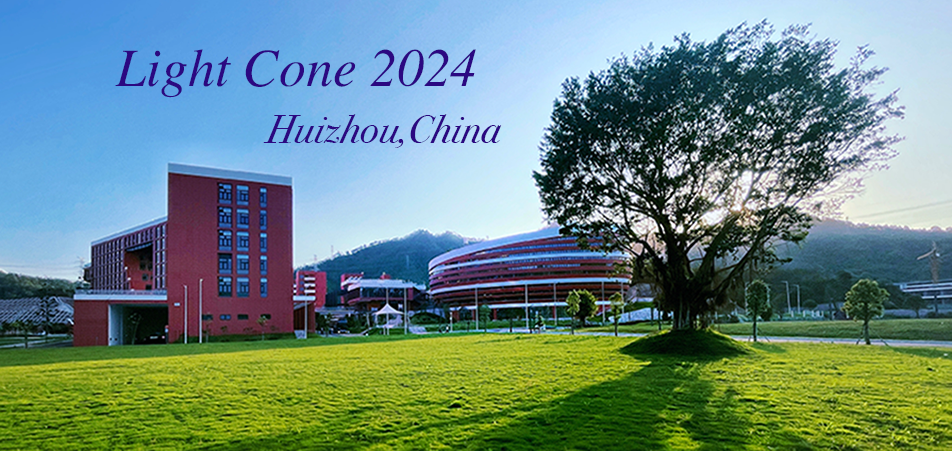Speaker
Description
Numerous low-lying excited hadrons can only decay into final states containing one or more photons, making them challenging to detect in experiments conducted at the Large Hadron Collider. Examples of such particles include the bottom partners of the $D^∗_ {s0}(2317)$ and $D_{s1}(2460)$, whose masses have been accurately predicted through heavy quark flavor symmetry and lattice calculations. We propose to measure the masses of such particles indirectly through quantum effects. Specifically, we aim to detect the threshold of a hadron and a companion hadron with attractive interactions using the threshold cusp effect. By subtracting the mass of the companion hadron from the threshold, we can determine the mass of the target hadron. We suggest detecting the thresholds of $B^{∗}_{s0}\bar{B}_s$ and $B_{s1} \bar{B}_s$ in the $Υϕ$ energy distribution. Furthermore, we demonstrate that the masses of $D^∗_{s0}(2317)$ and $D_{s1}(2460)$ can be extracted from the $J/ψϕ$ distribution measured by the LHCb Collaboration.

